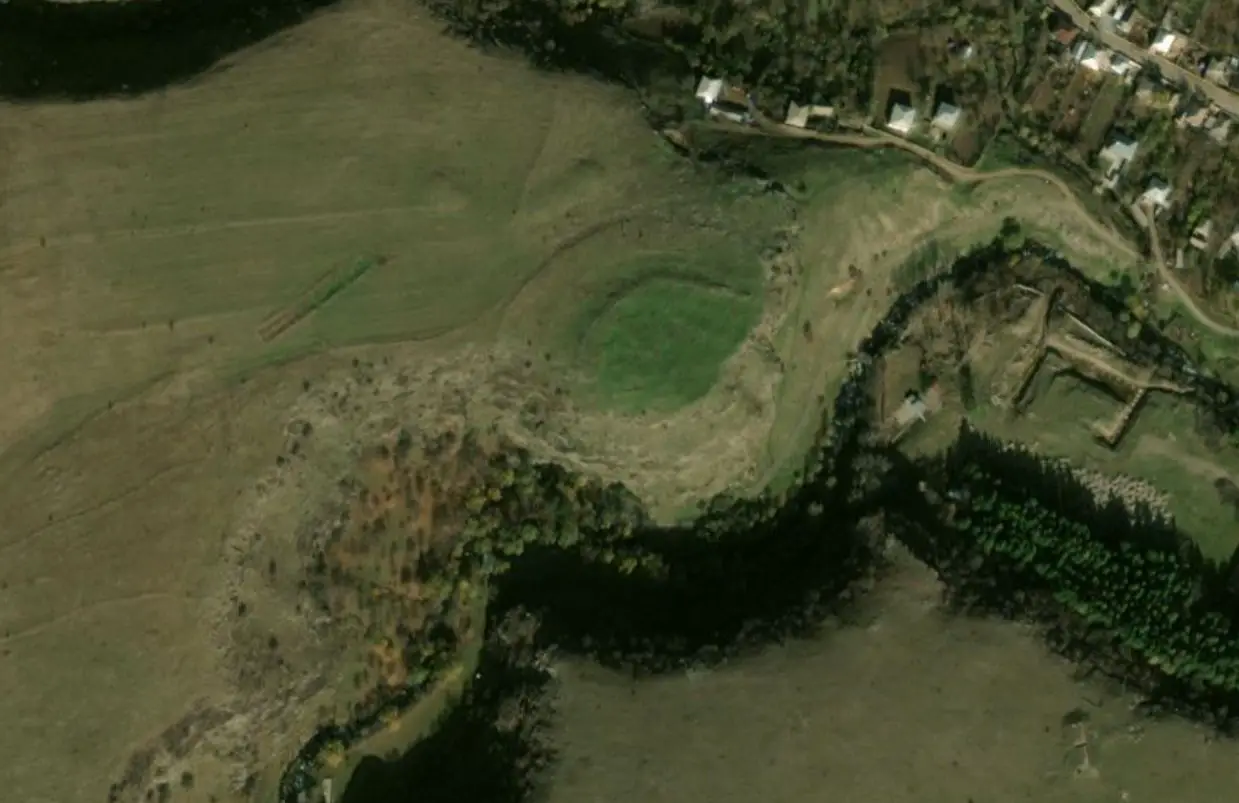A team of archaeologists led by Cranfield University is conducting a detailed study of the fortress of Dmanisis Gora in the Kvemo Kartli region of Georgia.
The study is part of a project to understand why communities in the region were more resilient than other parts of the world during the transition from the Bronze to the Iron Age around 1200 BC.
Dmanisis Gora is located at the north-eastern edge of the highland zone between two such gorges. The site consists of a compact defensive core that has two defensive walls with an enclosed area of 3.7 acres.
On the plateau behind the citadel area, a third wall, extending about 1000 m from edge to edge on the plateau, encloses a much larger area of about 138.3 acres that contains numerous circular and linear stone features.
During the so-called ‘12th Century BC crisis’ and its aftermath, the majority of Middle Eastern regions underwent a period of significant turmoil characterised by the disintegration of empires, famine, crop failures, armed conflicts, and mass migration.
In contrast, the Caucasus region (consisting of present-day Georgia, Armenia, and Azerbaijan) appears to have been shielded from this tumultuous period, exhibiting only gradual transformations in material culture and patterns of settlement.
Either the region managed to entirely avoid the widespread disruption, or it did not experience the same cultural, economic, and political repercussions as other areas. This suggests that the communities in the region might have been more resilient, enabling them to withstand and adapt to the challenges in a comparatively effective manner.
Dr Erb-Satullo, from Cranfield University, said: “The key to understanding why the Bronze Age-Iron Age transition is different in the Caucasus is to study the fortress communities that dot the landscape during this period. We’re looking for clues about life in the Late Bronze Age through examining areas such as ceramics, burial rituals, farming practices, tools and social structures.”
“Given the upheaval at that time in other nearby regions, we are intrigued to find out more about one of these sites and determine what underlies their apparent resilience,” added Dr Erb-Satullo.
The project expands upon earlier pilot excavations carried out at the site prior to the pandemic, along with a thorough survey conducted in Autumn 2022 using drone-based photogrammetry. This is done by using the latest forensic technologies including isotopic analysis of animal remains, metallurgy, magnetometry and deploying drones to scan the area.
“What’s really exciting about this site is its size, preservation, and the fact that it has layers dating precisely to the years around the 12th Century BC crisis,” continued Dr Erb-Satullo. “Many fortresses are on hills which are prone to erosion. But this one has relatively flat topography, so the sediment will have built up in layers over time, helping to preserve artefacts and archaeological clues from the Late Bronze age.”
Header Image Credit : BING Maps





